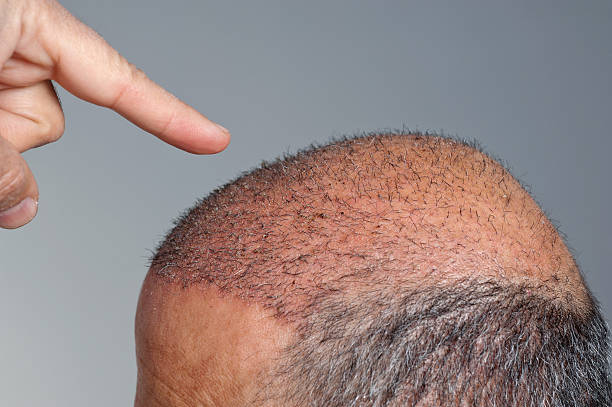The Ultimate Guide to Modern Hair Restoration
Discover the latest advancements in hair restoration technology, from cutting-edge transplantation methods to recovery tips and cost considerations. This comprehensive guide explores who makes an ideal candidate, what results to expect, and how to navigate the journey to a fuller head of hair. Whether you're considering FUE or FUT, learn everything you need to know about regaining your confidence through state-of-the-art hair restoration techniques.

Exploring Contemporary Hair Restoration Techniques
In the realm of aesthetic enhancements, hair restoration has made significant strides. This article delves into the current landscape of hair transplantation, offering insights into procedures, expectations, and considerations for those contemplating this transformative journey.
Cutting-Edge Hair Transplantation Techniques
Today’s hair restoration field is dominated by two primary methodologies: Follicular Unit Transplantation (FUT) and Follicular Unit Extraction (FUE).
Follicular Unit Transplantation (FUT)
FUT involves harvesting a strip of scalp containing hair follicles. While effective, it leaves a linear scar.
Follicular Unit Extraction (FUE)
FUE, the more contemporary approach, extracts individual follicular units directly. Its popularity stems from minimal scarring and quicker recovery.
The choice between these methods depends on individual factors, including the extent of hair loss and personal preferences.
The Hair Restoration Journey
Initial Consultation
The process begins with a thorough assessment of hair loss patterns and determining the most suitable approach.
The Procedure
Under local anesthesia, the transplantation takes 4-8 hours, varying based on the extent of the restoration. Surgeons meticulously place individual follicles, considering natural growth patterns for optimal aesthetics.
Anticipating Outcomes
Post-procedure, new hair growth typically initiates within 3-4 months. Full results become apparent after 12-18 months. The transplanted hair behaves like natural hair, allowing for regular styling and maintenance. While results are permanent, it’s important to note that natural hair loss may continue in non-transplanted areas.
Ideal Candidates for Hair Restoration
The best candidates for hair transplantation typically exhibit:
- Stable hair loss patterns
- Sufficient donor hair
- Realistic outcome expectations
- Good overall health
- Age over 25 years
- Absence of conditions affecting hair growth
Post-Procedure Care and Recovery
Proper aftercare is crucial for optimal results. Key points include:
- Gentle hair washing techniques
- Sun protection
- Avoiding strenuous activities for two weeks
- Adhering to prescribed medications
- Regular follow-up appointments
Most individuals can resume work within 3-7 days, though complete healing spans several weeks.
Financial Considerations and Options
The cost of hair restoration varies significantly based on several factors:
| Method | Estimated Cost Range | Typical Graft Range |
|---|---|---|
| FUE | $4,000 - $15,000 | 1,500 - 3,000 |
| FUT | $4,000 - $12,000 | 1,500 - 3,000 |
| Advanced FUE | $6,000 - $20,000 | 2,000+ |
Note: These figures are estimates and may fluctuate. It’s advisable to conduct independent research before making financial commitments.
Conclusion
Hair restoration represents a significant investment in one’s appearance and self-esteem. Modern techniques offer natural-looking, enduring results for those experiencing hair loss. Success hinges on selecting a qualified practitioner, understanding the process thoroughly, and maintaining realistic expectations.
Remember, this information is provided for educational purposes only. Consult a healthcare professional for personalized advice and treatment options.




